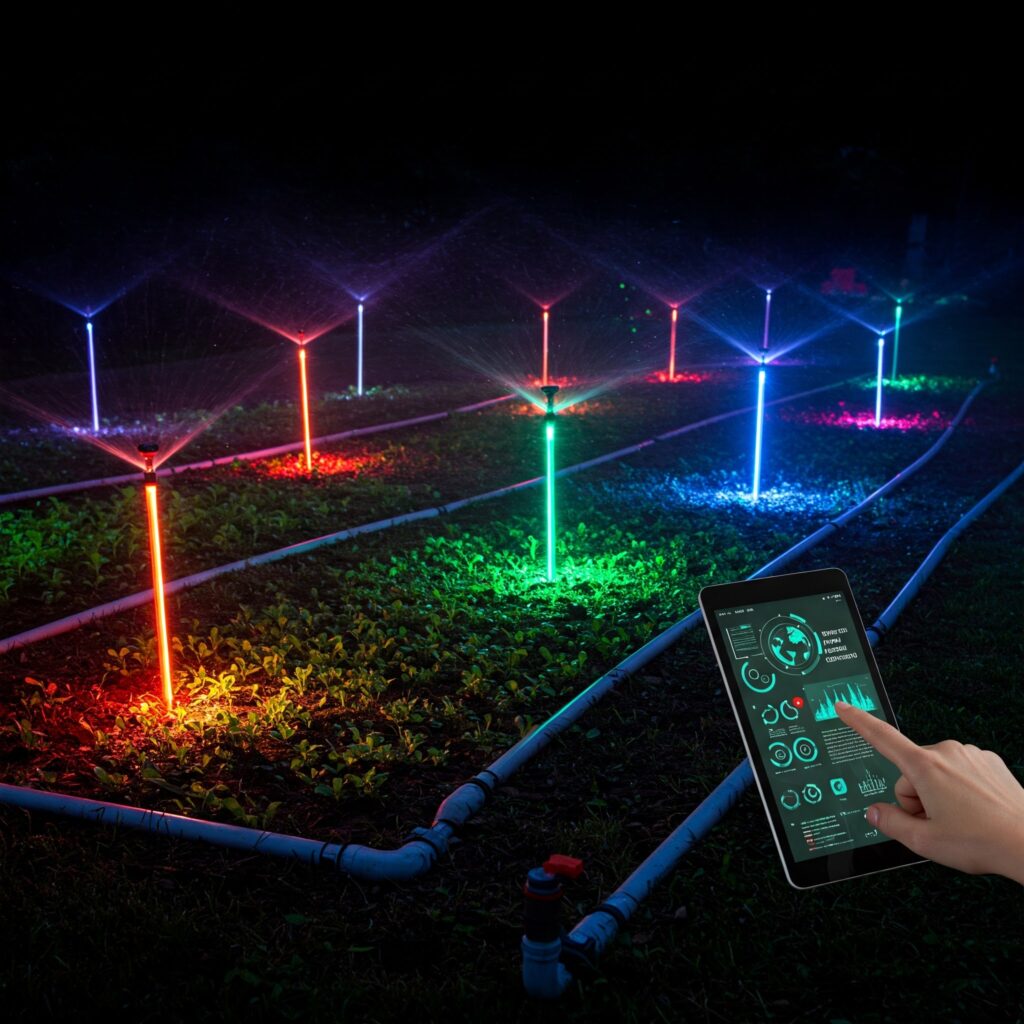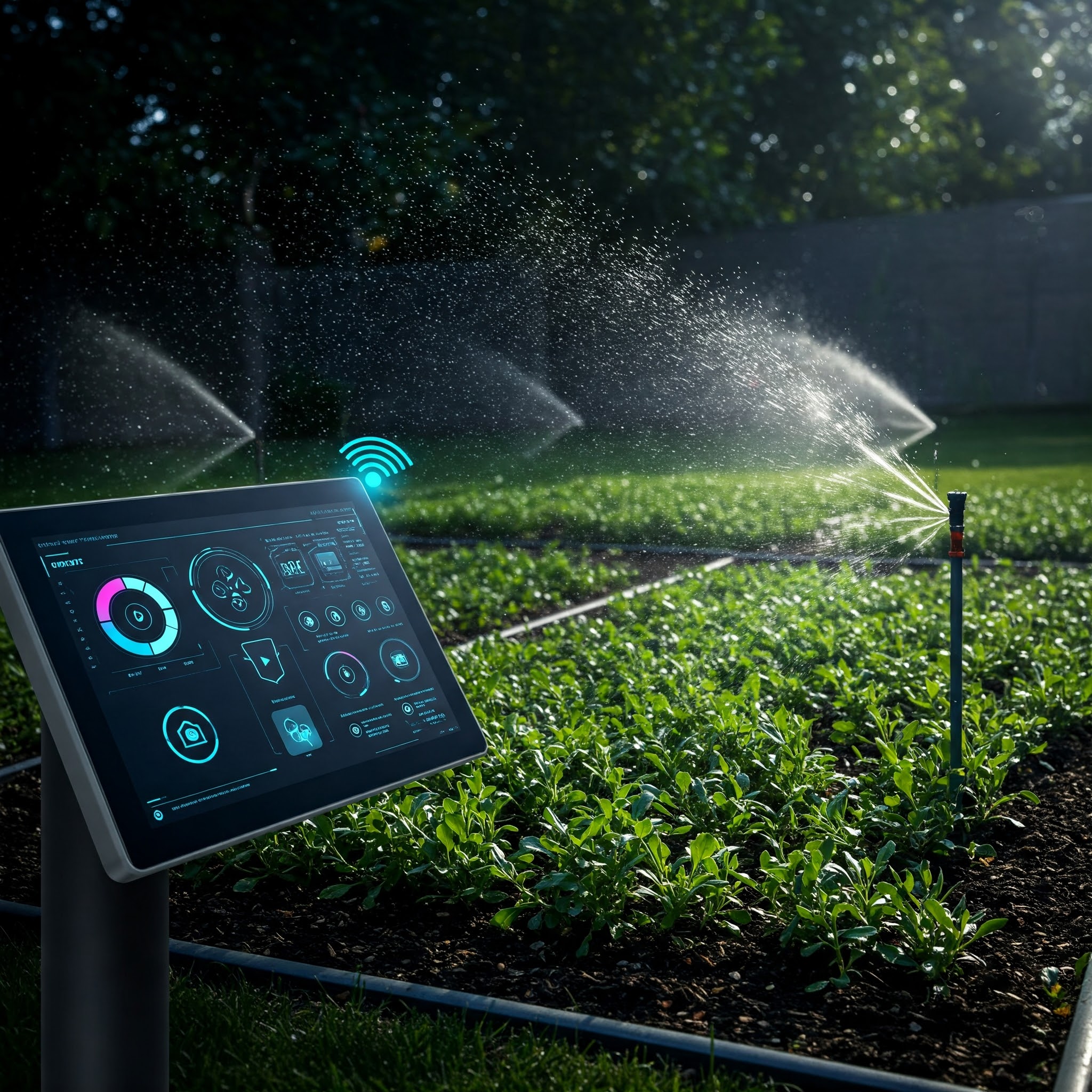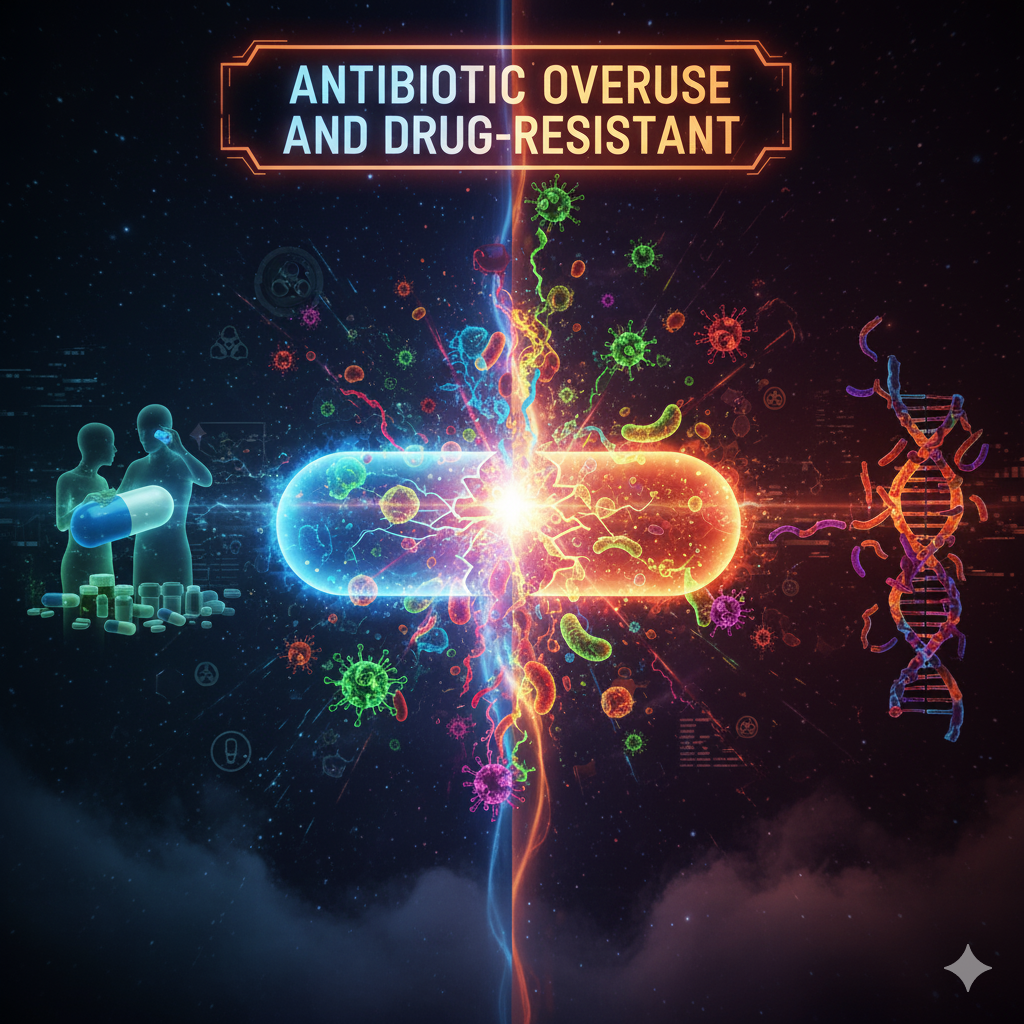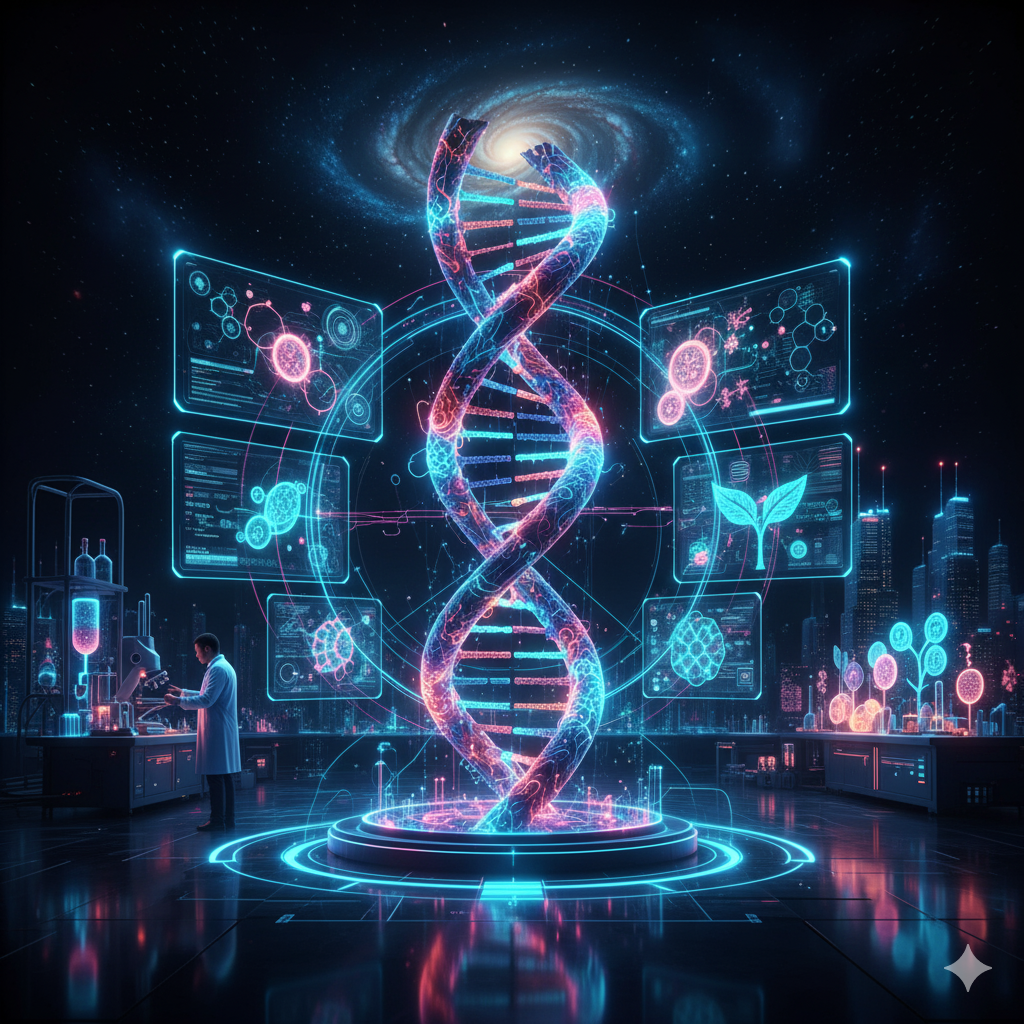Introduction to Smart Irrigation
Water scarcity has emerged as one of the most pressing issues facing the world today, particularly in agriculture. Agriculture accounts for about 70% of global freshwater use, and this figure is expected to rise with the increasing demand for food. As populations grow and climate change exacerbates water shortages, farmers are under immense pressure to use water more efficiently. Traditional irrigation methods, though effective, often result in wastage and inefficiencies, especially in regions with scarce water resources.
Smart irrigation technologies offer a promising solution to these challenges. These technologies use advanced sensors, data analytics, and automation to optimize water usage in farming, ensuring that crops receive the right amount of water at the right time. By integrating technology with traditional farming practices, smart irrigation can help conserve water, increase crop yields, and promote sustainable agriculture.
This article will explore the various smart irrigation technologies available, their benefits, and their role in addressing water scarcity in farming.
The Need for Smart Irrigation
The need for smart irrigation arises from several challenges that traditional irrigation systems face, including:
- Water Waste: Conventional irrigation methods, such as flood irrigation, often apply more water than necessary, leading to wastage. Over-watering not only strains water supplies but can also lead to soil erosion and nutrient leaching.
- Inefficient Water Distribution: Traditional irrigation systems may not distribute water uniformly across fields, leaving some areas over-watered and others under-watered. This leads to uneven crop growth and reduced yields.
- Climate Variability: Climate change has made weather patterns more unpredictable, with some regions experiencing droughts and others facing heavy rainfall. Farmers need more precise irrigation methods to adapt to these changing conditions.
- Increasing Water Demand: As the global population grows, the demand for food increases, and with it, the demand for water. More efficient irrigation is crucial to meeting food security goals without over-exploiting water resources.
- Soil Health Degradation: Over-irrigation can lead to waterlogging, soil salinization, and other forms of soil degradation. Smart irrigation systems aim to reduce these risks by applying the right amount of water at optimal times.
Types of Smart Irrigation Technologies
Several smart irrigation technologies have been developed to address the above challenges. These technologies vary in complexity, but all aim to optimize water usage by providing real-time data and automated control. Below are some of the key technologies:
1. Drip Irrigation
Drip irrigation is one of the most efficient irrigation systems, and when combined with smart technology, it becomes even more effective. Drip irrigation delivers water directly to the plant roots through a network of pipes, tubes, and emitters. This system minimizes water wastage by ensuring that water is delivered precisely where it’s needed.
- Smart Features:
- Automation: With the integration of sensors and controllers, drip irrigation systems can be automated to turn on or off based on real-time weather data, soil moisture levels, and crop requirements.
- Water Flow Monitoring: Smart drip systems can monitor the water flow rate, detecting leaks or blockages in the system and adjusting the water supply accordingly.
- Sensor Integration: Soil moisture sensors and weather data can help adjust irrigation schedules based on changing conditions, ensuring that crops are never over or under-watered.
- Automation: With the integration of sensors and controllers, drip irrigation systems can be automated to turn on or off based on real-time weather data, soil moisture levels, and crop requirements.
2. Sprinkler Irrigation with Smart Controls
Sprinkler systems are commonly used in large fields and open landscapes. These systems mimic natural rainfall by spraying water over crops. When combined with smart controllers, sprinkler systems can be optimized to reduce water wastage.
- Smart Features:
- Weather-Based Controls: Smart sprinkler controllers use weather forecasts to adjust irrigation schedules. For example, if it rains, the system can delay or cancel the irrigation cycle, preventing over-watering.
- Soil Moisture Sensors: By using sensors to measure soil moisture levels, the system can adjust water distribution based on the soil’s actual needs, ensuring that crops receive just the right amount of water.
- Pressure and Flow Sensors: These sensors monitor the water pressure and flow in the system, ensuring uniform distribution and detecting issues like blockages or leaks.
- Weather-Based Controls: Smart sprinkler controllers use weather forecasts to adjust irrigation schedules. For example, if it rains, the system can delay or cancel the irrigation cycle, preventing over-watering.
3. Soil Moisture Sensors
Soil moisture sensors are essential components of many smart irrigation systems. These sensors measure the amount of moisture in the soil at various depths, providing real-time data on the water needs of crops.
- Smart Features:
- Real-Time Monitoring: Sensors continuously monitor soil moisture and send the data to a central control system or mobile app. This allows farmers to monitor water usage and adjust irrigation schedules based on current conditions.
- Automated Irrigation: Based on soil moisture data, irrigation systems can automatically adjust the amount of water delivered to the crops. This ensures that crops receive adequate moisture without wasting water.
- Wireless Connectivity: Many modern soil moisture sensors are wireless, enabling farmers to monitor and control irrigation systems remotely through smartphones or computers.
- Real-Time Monitoring: Sensors continuously monitor soil moisture and send the data to a central control system or mobile app. This allows farmers to monitor water usage and adjust irrigation schedules based on current conditions.
4. Weather-Based Irrigation Controllers
Weather-based irrigation controllers use weather data to optimize irrigation schedules. These controllers adjust watering times based on temperature, humidity, rainfall, and solar radiation. By taking into account the specific weather conditions in the area, these controllers help avoid over-watering and under-watering.
- Smart Features:
- Evapotranspiration (ET) Calculation: These controllers use evapotranspiration rates to determine how much water crops lose due to evaporation and transpiration. This helps to apply the right amount of water based on environmental conditions.
- Rain Sensors: Rain sensors detect precipitation and can delay or suspend irrigation cycles if rain is expected or has already occurred.
- Data Integration: Advanced weather-based controllers integrate real-time weather forecasts, local climate data, and soil conditions to ensure precise irrigation timing.
- Evapotranspiration (ET) Calculation: These controllers use evapotranspiration rates to determine how much water crops lose due to evaporation and transpiration. This helps to apply the right amount of water based on environmental conditions.
5. Cloud-Based Irrigation Management Systems
Cloud-based irrigation management systems collect and analyze data from various smart irrigation components, such as soil moisture sensors, weather stations, and flow meters. The data is stored in the cloud, making it accessible to farmers from any device, anywhere.
- Smart Features:
- Remote Monitoring and Control: Farmers can monitor irrigation systems remotely, adjusting settings and schedules based on real-time data. This provides greater flexibility and convenience.
- Data Analysis: Cloud-based systems use advanced analytics to provide insights into irrigation efficiency, water usage patterns, and crop health, helping farmers make data-driven decisions.
- Automated Alerts: Farmers receive automated alerts about system performance, such as low water pressure, leaks, or sensor malfunctions. This proactive monitoring helps prevent issues before they become critical.
- Remote Monitoring and Control: Farmers can monitor irrigation systems remotely, adjusting settings and schedules based on real-time data. This provides greater flexibility and convenience.
6. Autonomous Irrigation Systems
Autonomous irrigation systems are capable of fully automated operation, making real-time adjustments based on environmental data. These systems often incorporate AI and machine learning to optimize irrigation schedules and adapt to changing conditions.
- Smart Features:
- AI Optimization: AI algorithms analyze data from multiple sources (such as soil moisture, weather, and crop type) to automatically adjust irrigation schedules, ensuring that water is used most efficiently.
- Adaptability: Autonomous systems continuously learn and adapt to changing environmental conditions, such as seasonal shifts or long-term climate trends, to optimize water usage throughout the growing season.
- Integration with Farm Management Systems: These systems can be integrated with broader farm management platforms, enabling farmers to monitor all aspects of farm operations from a single interface.
- AI Optimization: AI algorithms analyze data from multiple sources (such as soil moisture, weather, and crop type) to automatically adjust irrigation schedules, ensuring that water is used most efficiently.
Benefits of Smart Irrigation Technologies
The adoption of smart irrigation technologies offers numerous benefits to farmers, the environment, and society as a whole. These include:
- Water Conservation:
Smart irrigation ensures that water is used more efficiently by delivering precise amounts to crops based on their actual needs. This helps reduce water wastage and conserves valuable freshwater resources. - Increased Crop Yields:
By ensuring that crops receive the optimal amount of water at the right time, smart irrigation systems promote healthier plants and higher crop yields. This is especially important in areas where water availability is limited, as it helps farmers maximize their productivity. - Cost Savings:
Smart irrigation systems reduce water usage and labor costs. By automating irrigation processes, farmers can reduce the time and effort spent on manual irrigation tasks. Additionally, these systems can detect leaks and inefficiencies, reducing maintenance costs. - Improved Soil Health:
Smart irrigation helps prevent over-irrigation, which can lead to soil erosion, waterlogging, and nutrient depletion. By applying the right amount of water, farmers can maintain healthier soils and reduce the risk of soil degradation. - Environmental Sustainability:
By optimizing water usage and reducing chemical runoff, smart irrigation technologies promote more sustainable farming practices. This is crucial for protecting local ecosystems and ensuring the long-term health of agricultural lands. - Climate Adaptation:
Smart irrigation technologies are essential for adapting to climate change. As weather patterns become more unpredictable, these systems can adjust irrigation schedules in real-time based on current conditions, helping farmers manage water resources in the face of droughts or extreme rainfall.

Challenges and Considerations
Despite the many benefits, there are some challenges associated with the adoption of smart irrigation technologies:
- High Initial Costs:
The installation of smart irrigation systems can require a significant upfront investment in technology, sensors, and infrastructure. However, the long-term savings in water and labor costs often outweigh this initial expenditure. - Technical Complexity:
Many smart irrigation systems require specialized knowledge and expertise to set up and maintain. Farmers may need training or support to operate these systems effectively. - Data Management:
The vast amounts of data generated by smart irrigation systems can be overwhelming. Farmers need tools and expertise to analyze this data and translate it into actionable insights. - Infrastructure Requirements:
In some regions, the necessary infrastructure (such as reliable internet access or power supply) may not be available to support advanced smart irrigation technologies.
Conclusion
Smart irrigation technologies offer a powerful solution to the growing problem of water scarcity in agriculture. By using data-driven insights, automation, and real-time monitoring, these systems ensure that water is used efficiently, leading to higher crop yields, improved soil health, and long-term sustainability. As technology continues to evolve, the potential for smart irrigation to address global water challenges and promote sustainable farming practices will only grow. For farmers and agricultural communities, adopting smart irrigation is no longer just an option—it’s a necessity for ensuring food security and preserving precious water resources for future generations.




